National Co-Chair of the American Chamber of Commerce in Vietnam (AmCham) John Rockhold shared with VTC News reporter on the relationship between the two countries ahead of AmCham's founding anniversary in 2024.
- As someone who has worked in Vietnam for many years, how do you evaluate the changes in the business investment environment in recent years?
When American businesses first come here, it's a big learning curve about how to do business and how to coordinate. We navigate a lot of laws and regulations, like work permits, residency, accepting foreign workers, how to work, and how to hire.
The current environment is very stable. American companies find that Vietnamese workers learn very quickly. Within a few years, Vietnamese managers working for American companies can go out and start their own companies.
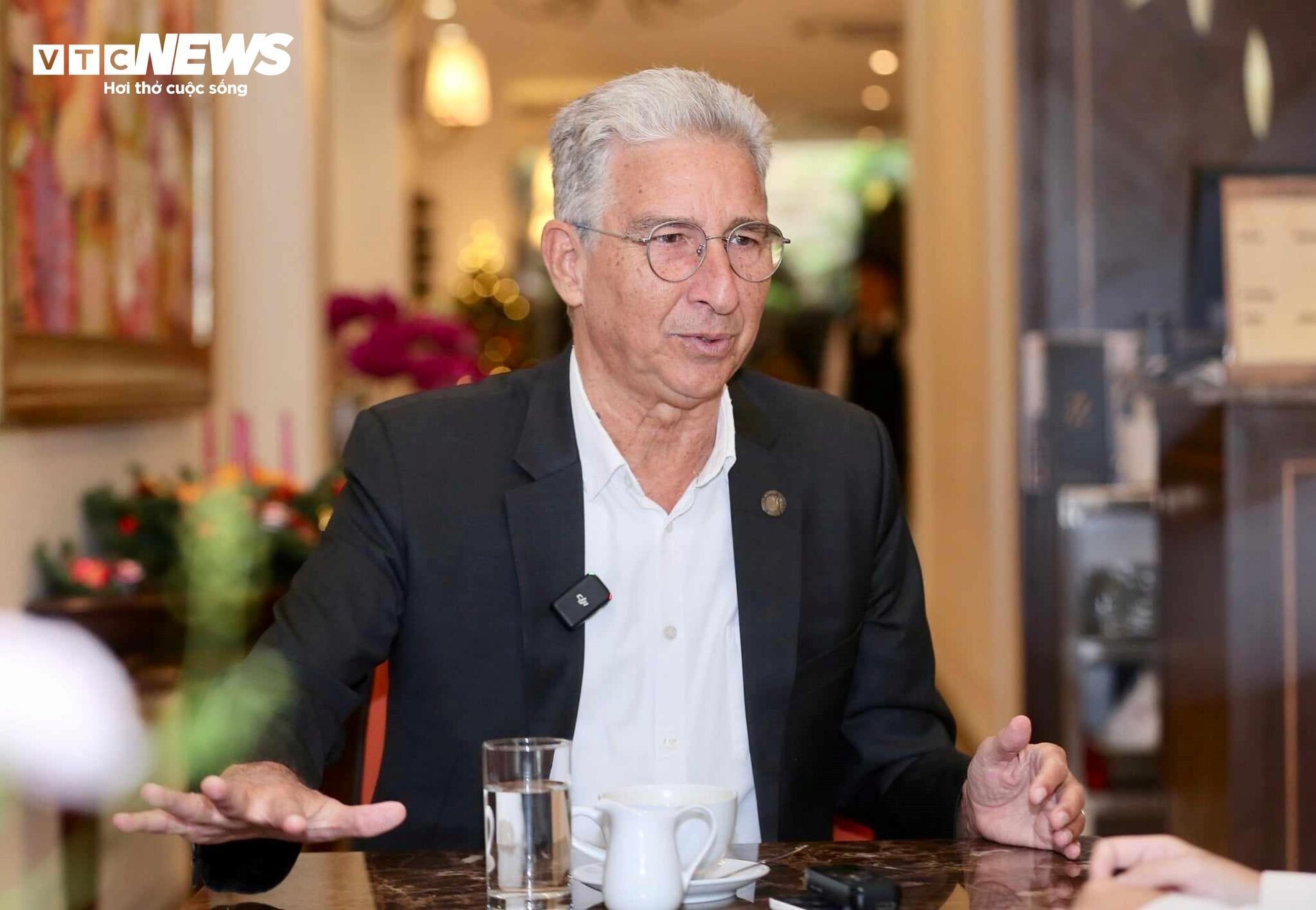
National Co-Chair of the American Chamber of Commerce in Vietnam (AmCham) John Rockhold. (Photo: Ngo Nhung)
When we came to Vietnam, we worked, contributed to the improvement and development of the infrastructure. It took only a few years for Vietnamese companies to replace our engineering and construction companies in doing these things. We saw the same thing in the business sector.
There are new challenges in the high-tech sector. It is important now to train the right workforce, not just college graduates but also technicians. The United States has had trouble with this, too, as we sometimes have to bring in skilled workers from abroad.
This is a common challenge due to the rapid changes in science and technology, so the approach to training and interacting with learners so that they can enter the profession with appropriate skills will also have to be improved.
Look at some of Vietnam’s recent proposals on the environment and energy development. These are very good plans, showing a strategic vision of Vietnam about where you want to go, what you want to achieve. However, there is no mechanism, no policy for us to implement the plan in practice. Basically, what American businesses want to see is fair and transparent trade activities, allowing Vietnamese and American businesses to work together to implement such plans.
So these are the areas that we will be working together in the coming year. For example, basically in the energy sector, we will be working very closely with Vietnam on energy policy and the mechanisms that need to be put in place to be able to attract investment in these sectors. Those will be the prerequisites for us to be able to do more business together.
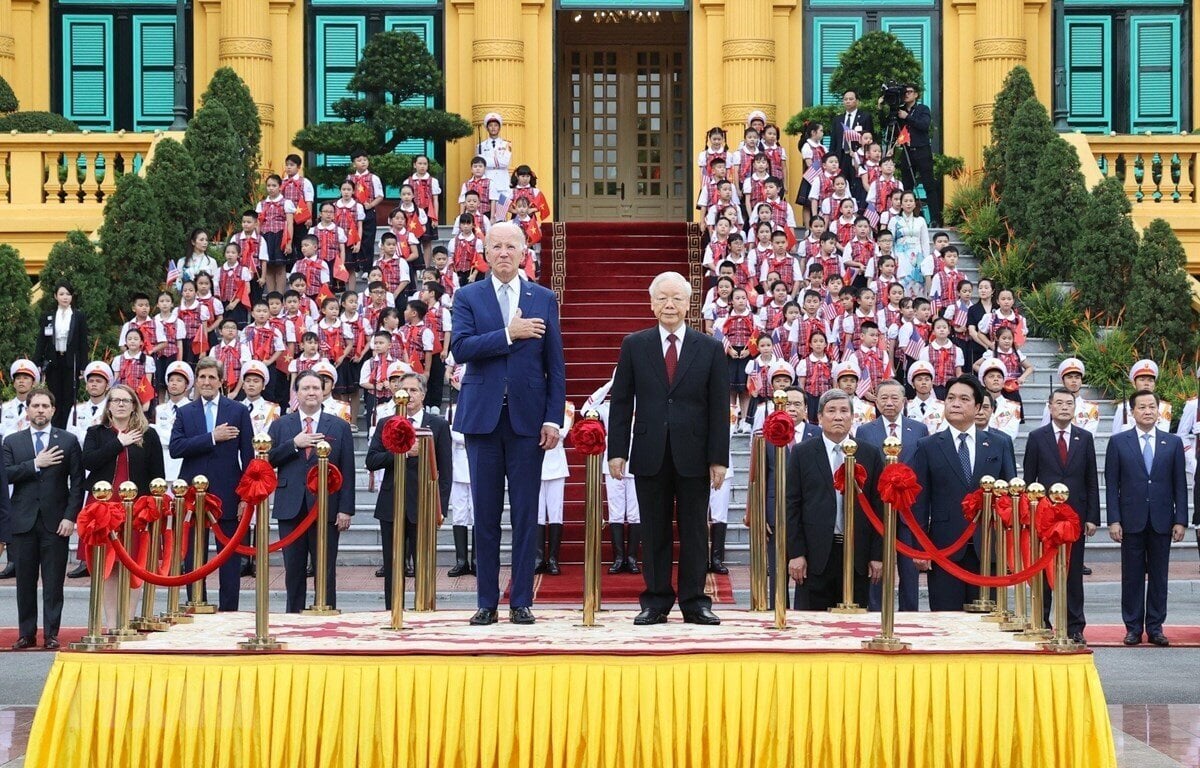
General Secretary Nguyen Phu Trong welcomes US President Joe Biden during his official visit to Vietnam in September 2023.
- One of the pillars of cooperation stated in the joint statement between the two countries is the development of semiconductor technology and supply chain. In your opinion, where is Vietnam on this map, and what should Vietnam do to take advantage of its existing potential and position?
Cooperation between Vietnam and the US in technology as well as semiconductors, chips and related fields is a big deal.
Vietnam is currently in the high-tech assembly and testing sector, rather than manufacturing and developing its own chips. That is the next step Vietnam needs to take, moving beyond assembly and into actual manufacturing. To do that, Vietnam needs to do more in terms of infrastructure, especially energy infrastructure.
Another challenge is the need to promote energy infrastructure but it must be consistent with socio-economic development, ensure price suitability and sustainability, and ensure profitability to attract investment. That is not to mention the pressure for green development, greener production. Therefore, Vietnam needs to find ways to meet and adapt to these new requirements.
Another important aspect is the efficient use of rare earths. Vietnam has rare earth resources needed for renewable energy, high technology, etc. We also had a similar experience in Vietnam in the late 90s and early 2000s with the coffee industry, when we sold coffee beans and became the second largest producer of beans in the world, but the real profit was in the processing and handling stage, not just in the raw production stage.
- Vietnam is currently focusing on high-quality human resources and no longer wants to position itself as an investment environment with cheap human resources. In your opinion, does this trend affect US business investment in Vietnam?
I think the opposite. And Vietnam must do this.
We are not just talking about goals like training 50,000 people for the semiconductor industry, or improving 1 million hectares of high-quality rice, but training millions of people who are capable of entering the 5th industrial revolution. Vietnam can do that, but there will also be challenges.
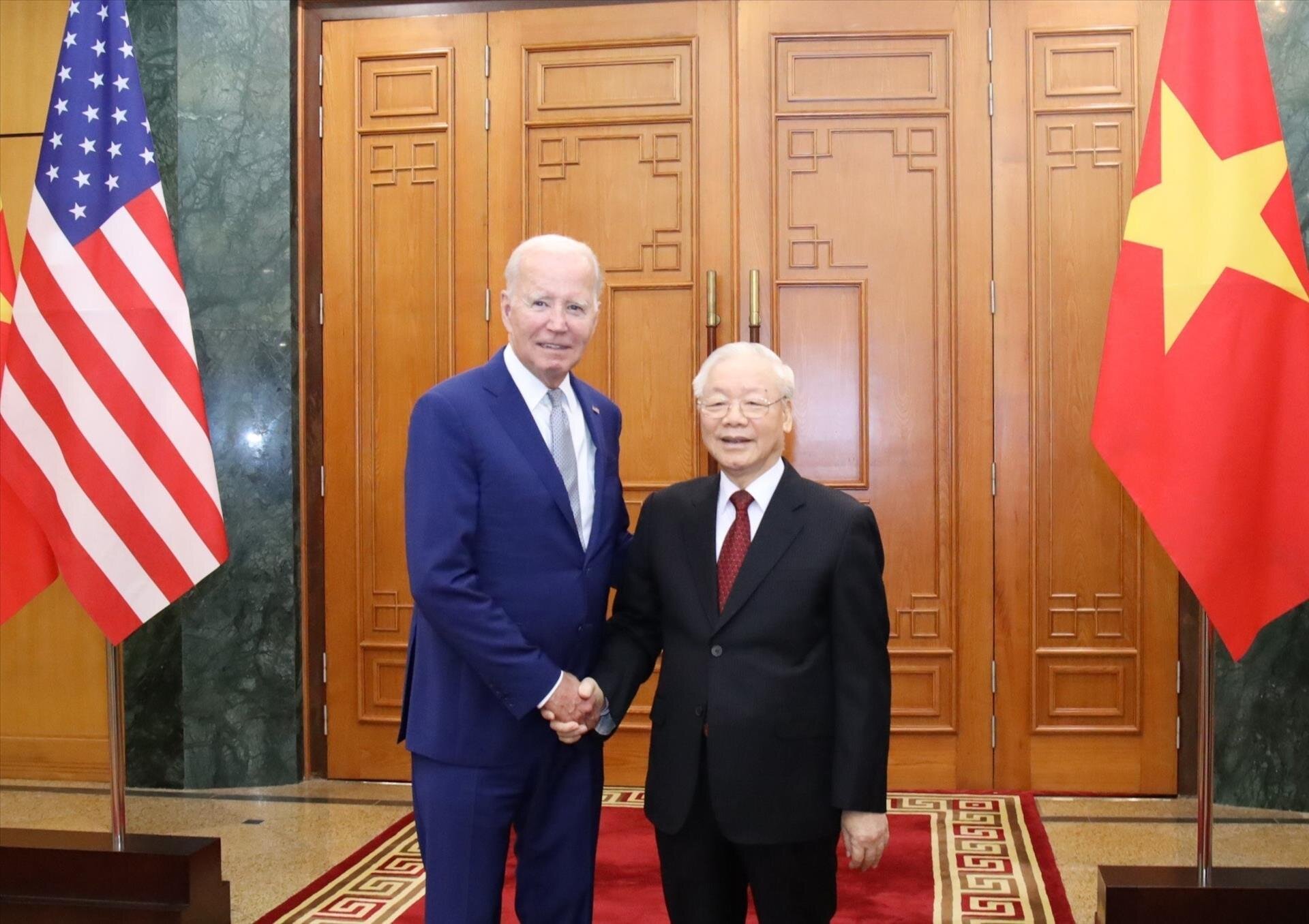
General Secretary Nguyen Phu Trong and US President Joe Biden before their meeting, September 2023.
Moving towards higher technology, in the future, whether it is tennis shoes, clothes or similar things, they will not be made by sewing machines but by robots, with technologies like AI technology. That is not far away, and when there are factories like that, the factor of cheap labor is no longer taken into account.
The next important thing to consider is logistics, as Vietnam is far from major markets like Europe and the US. Vietnam must start preparing for this new era of change, and improving infrastructure and training its young population to be able to meet the market are essential steps.
Another barrier affecting Vietnamese companies’ investment is how to increase their financial credibility in the international environment. Many companies want to borrow money, but they cannot pass the assessment of international banks. They will need complete financial records and good audits if they want to accompany and become major business partners, attracting investment from other businesses. Adapting to these standards will be the key for them to develop and participate more deeply in the global market.
- In the general global trend of energy transition and climate change prevention, what is the roadmap for US businesses to invest in energy transition in Vietnam, sir?
You're seeing a lot of American companies committing to contribute to the goal in Vietnam of achieving zero carbon emissions by 2030. So there's a lot of pressure from American companies on their suppliers to be greener.
One area where this is already being done and is cost-effective is the use of rooftop solar for self-consumption. This trend will continue, but companies may not invest in large-scale wind or solar projects until the regulatory framework for renewable energy is more complete.
Another significant development is that US companies are partnering with Vietnam to supply low-cost natural gas for liquefied natural gas (LNG). The US is the world’s largest LNG producer and is expected to start operating the Alaska natural gas field by 2026, with the first terminal on the west coast targeting the Southeast Asian market. There could be long-term deals in this area.
In the short term, you will see Vietnam and us building gas-fired power plants, using cleaner technology. These plants are aimed at switching to hydrogen and other alternative fuels in the future, in line with the goal of cleaner production.
- With the increasingly close relationship between the people and businesses of the two countries, what do you think about the role and wishes of people like you in the future of the relationship between the two countries?
Before, many of us fought in Vietnam without knowing what Vietnam was like.
After the war, what we saw when we returned to Vietnam was completely different. The Vietnamese people started to build social infrastructure, the Vietnamese people welcomed us when we came to work with them and help their development work.
This collaboration fostered deep friendships and a willingness to work together, reflecting a shared decision to look forward rather than backward. This mindset is an important part of the healing process, especially for American veterans who fought in Vietnam.
These veterans did not find any hostility when they returned to Vietnam; instead, they found common ground and common purpose with the Vietnamese people. Many veterans chose to make positive contributions to Vietnam by working in jobs such as teaching English in remote areas.
For families who have taken this journey, like mine, it has been a learning process. For example, when my children look at the strong friendship we have today, they do not understand why the United States and Vietnam were at war. We have taken a journey to explain the history and help them understand the transformation of the relationship. Now, we see the relationship between Vietnamese and Americans without any hostility, which is a testament to the power of reconciliation.
Thank you!
Source


![[Photo] Visiting Cu Chi Tunnels - a heroic underground feat](https://vstatic.vietnam.vn/vietnam/resource/IMAGE/2025/4/8/06cb489403514b878768dd7262daba0b)


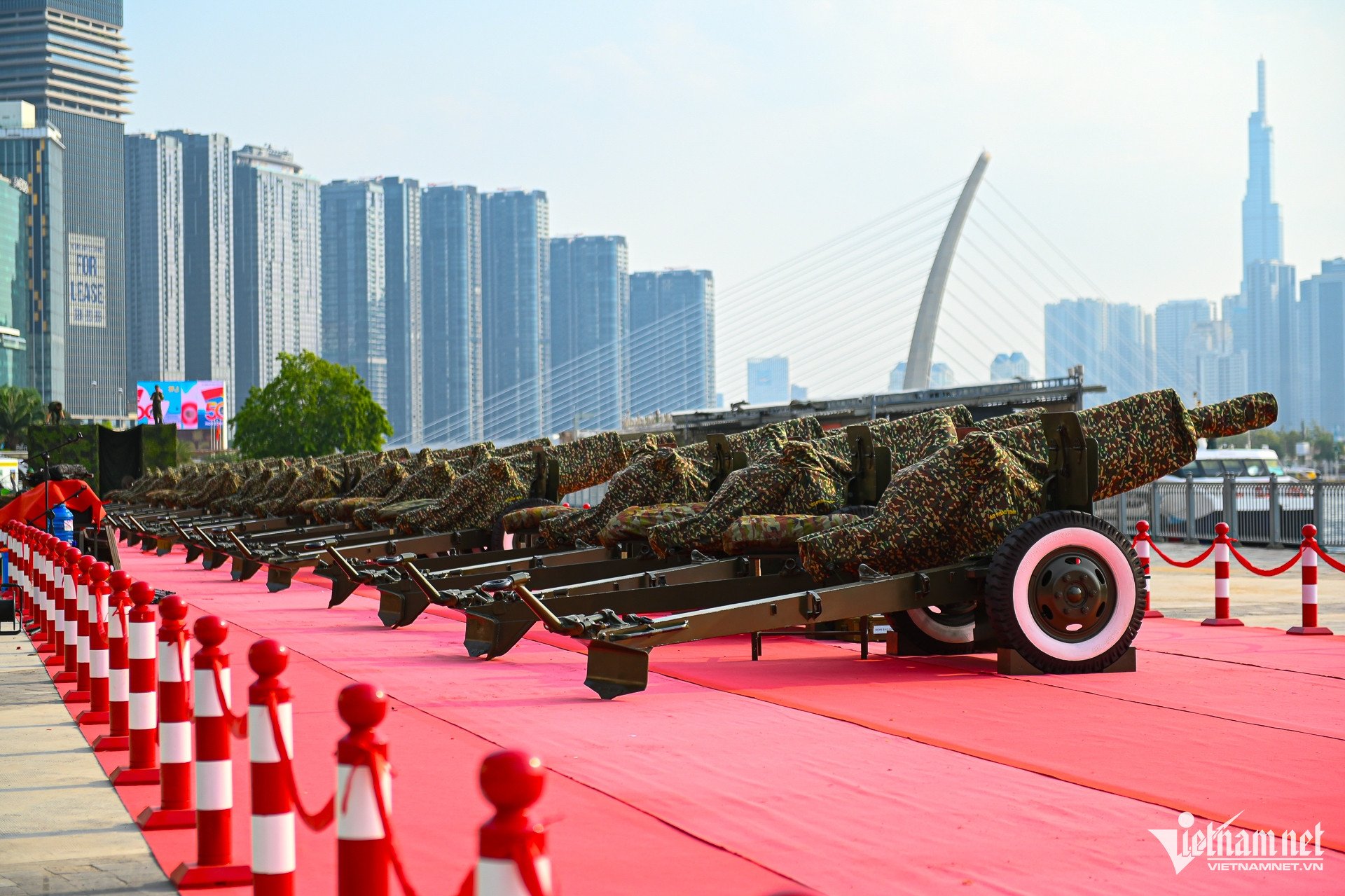
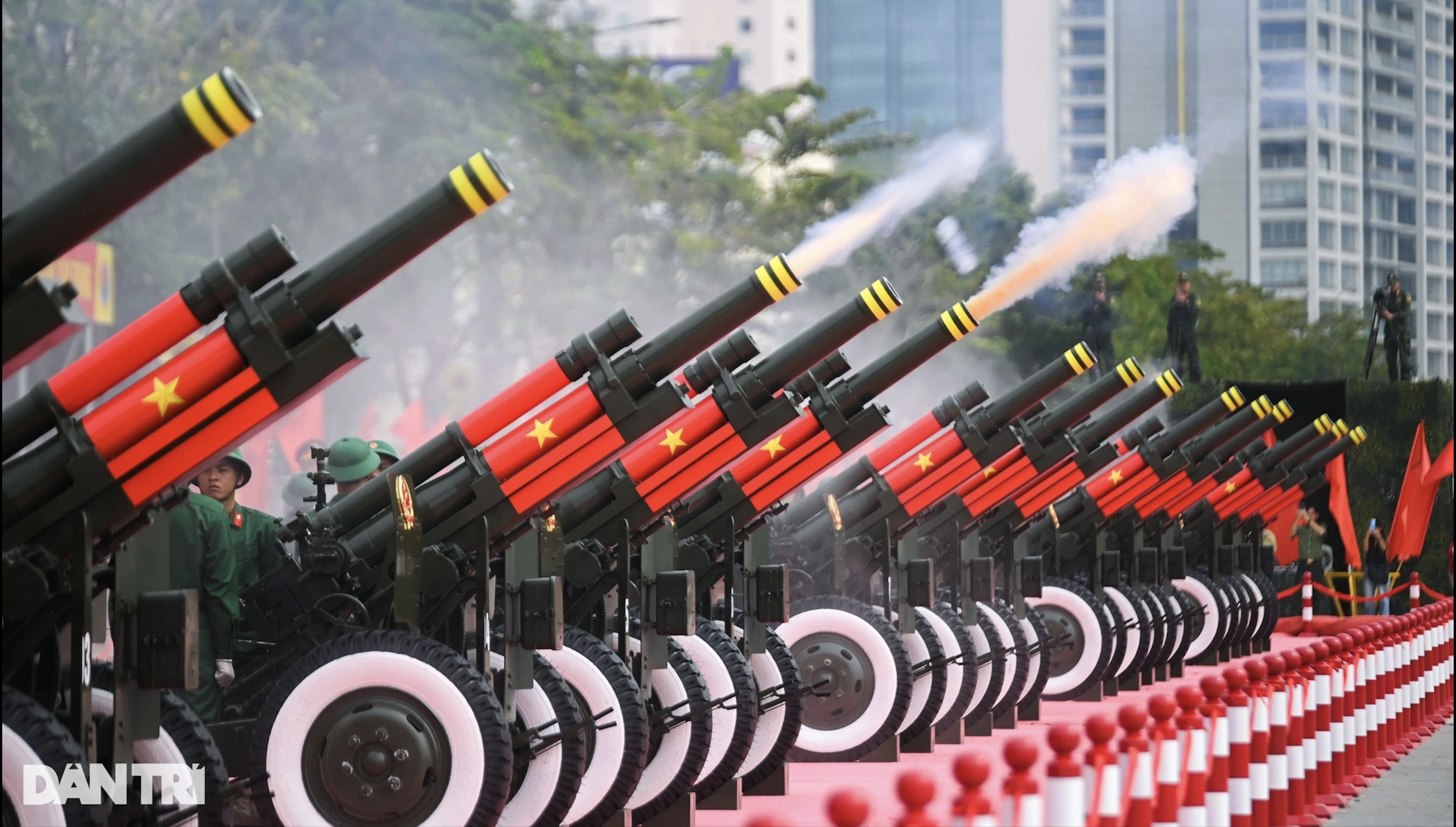

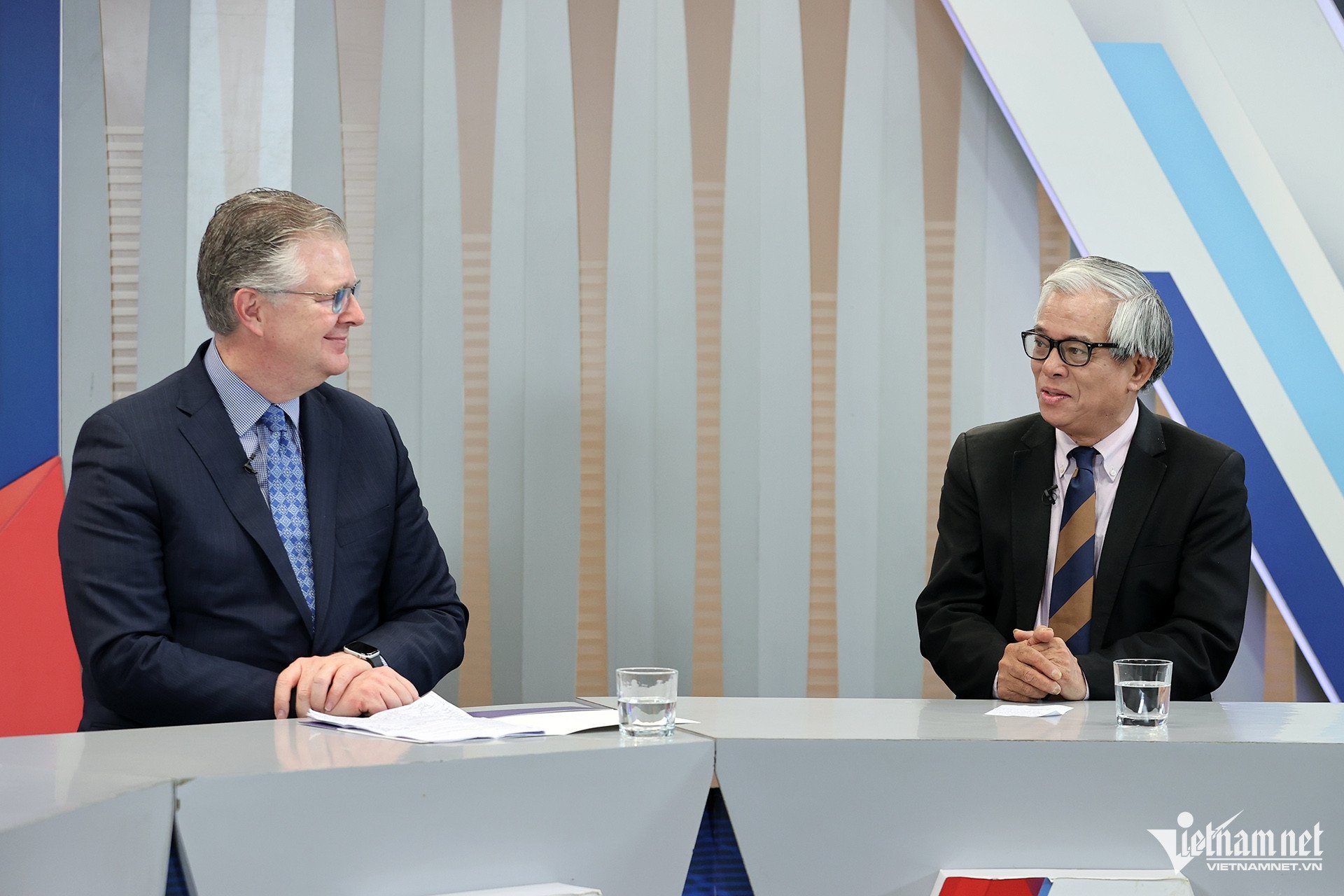

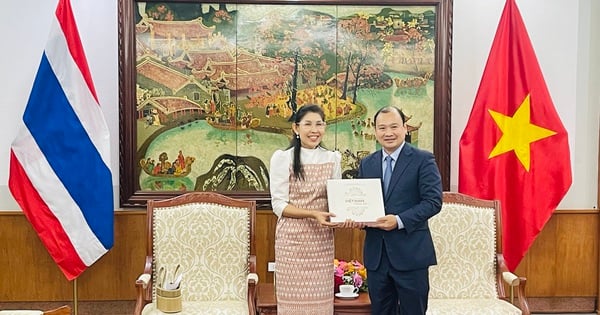

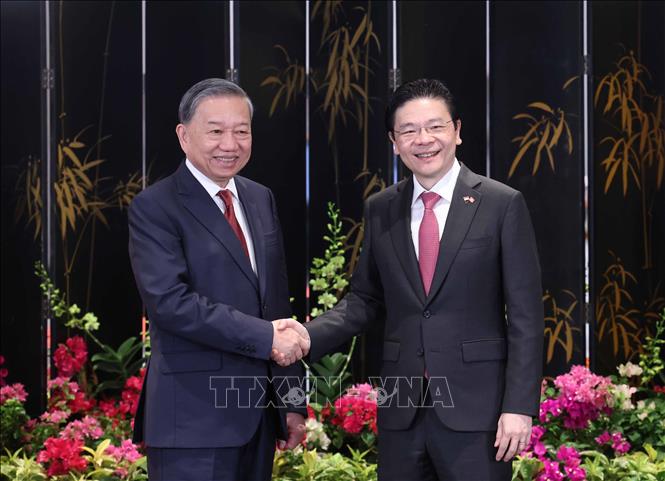

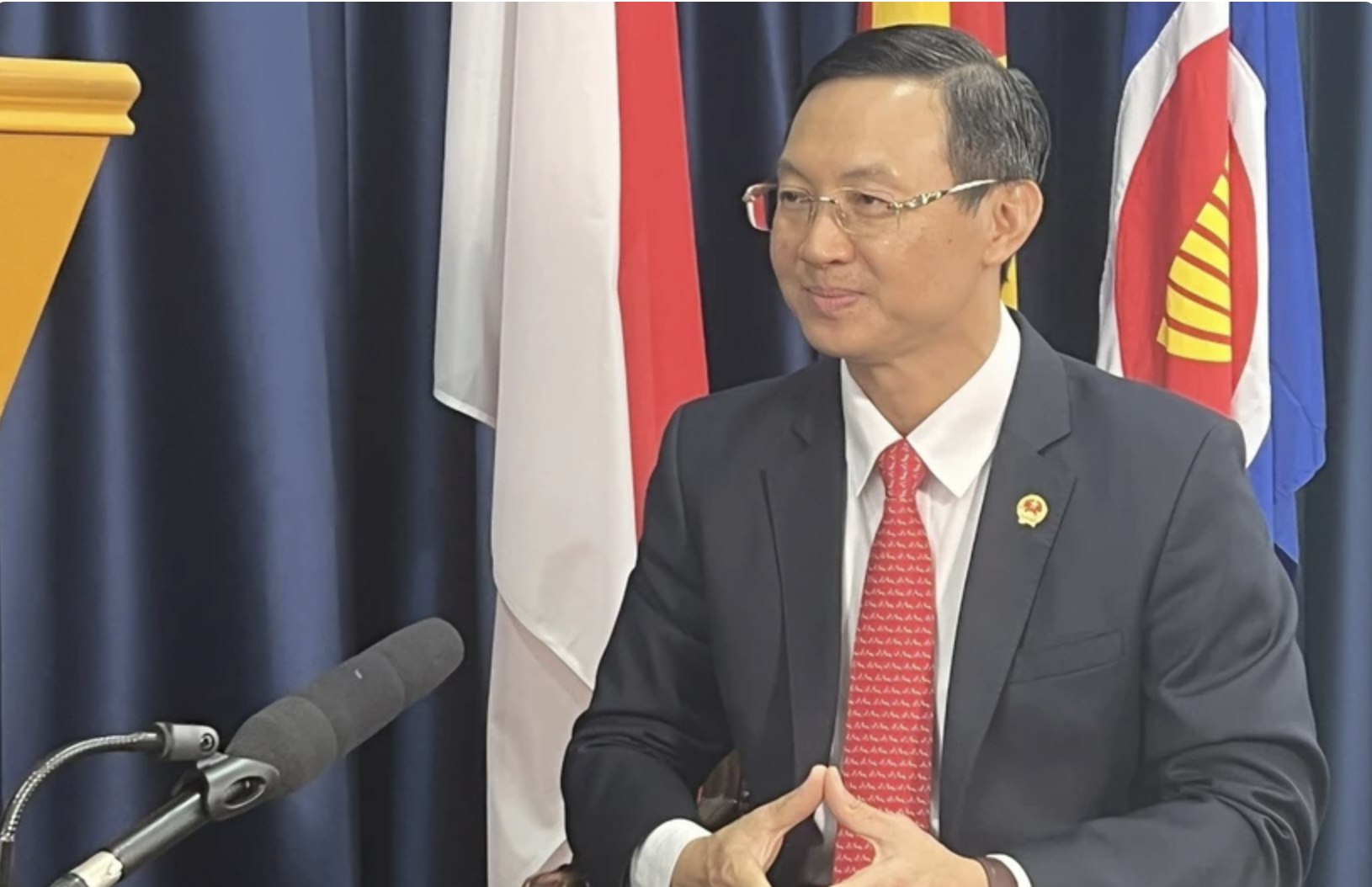
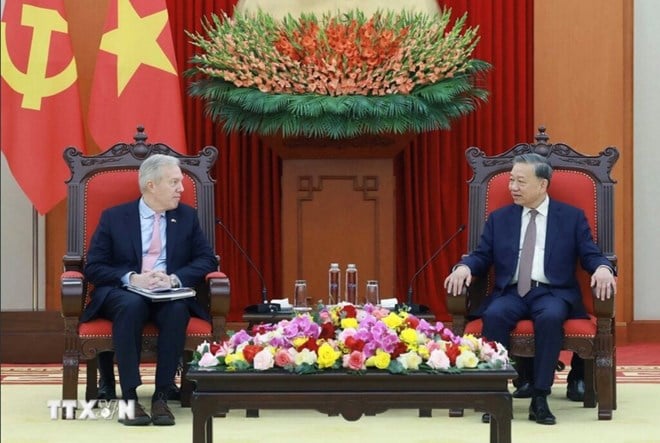

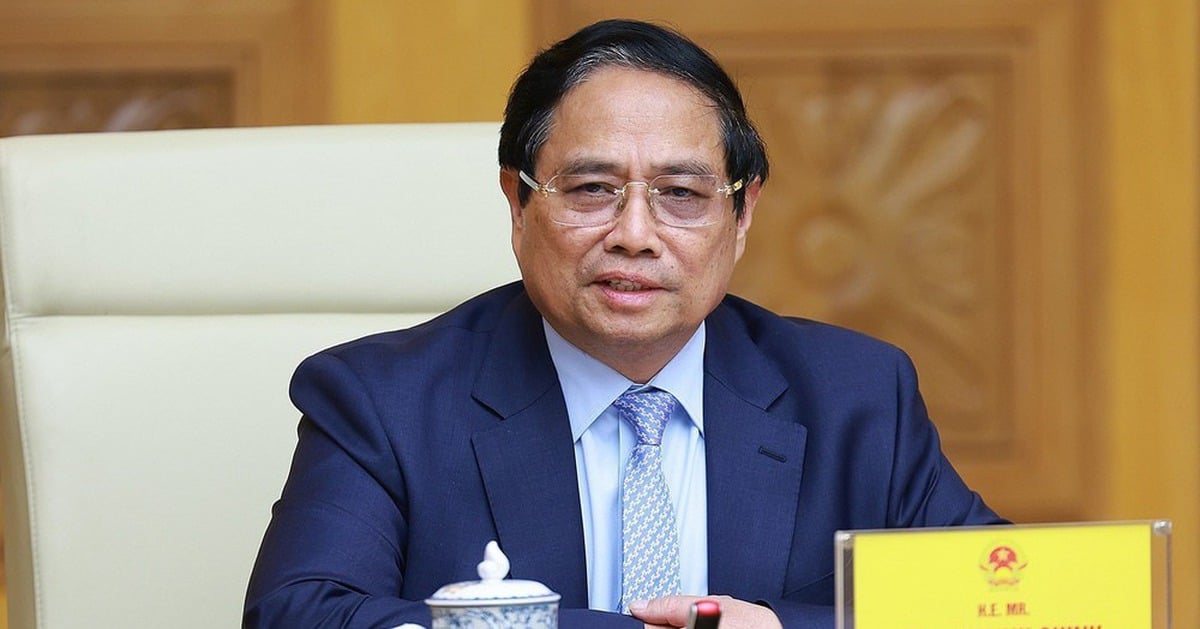




![[Infographic] Cu Chi Tunnels - Underground Village](https://vstatic.vietnam.vn/vietnam/resource/IMAGE/2025/4/8/d69d9caa3f89479c809867b18bacfefb)

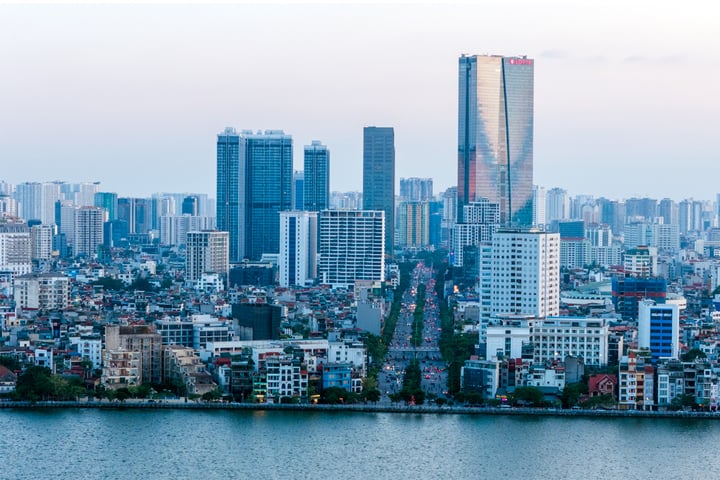


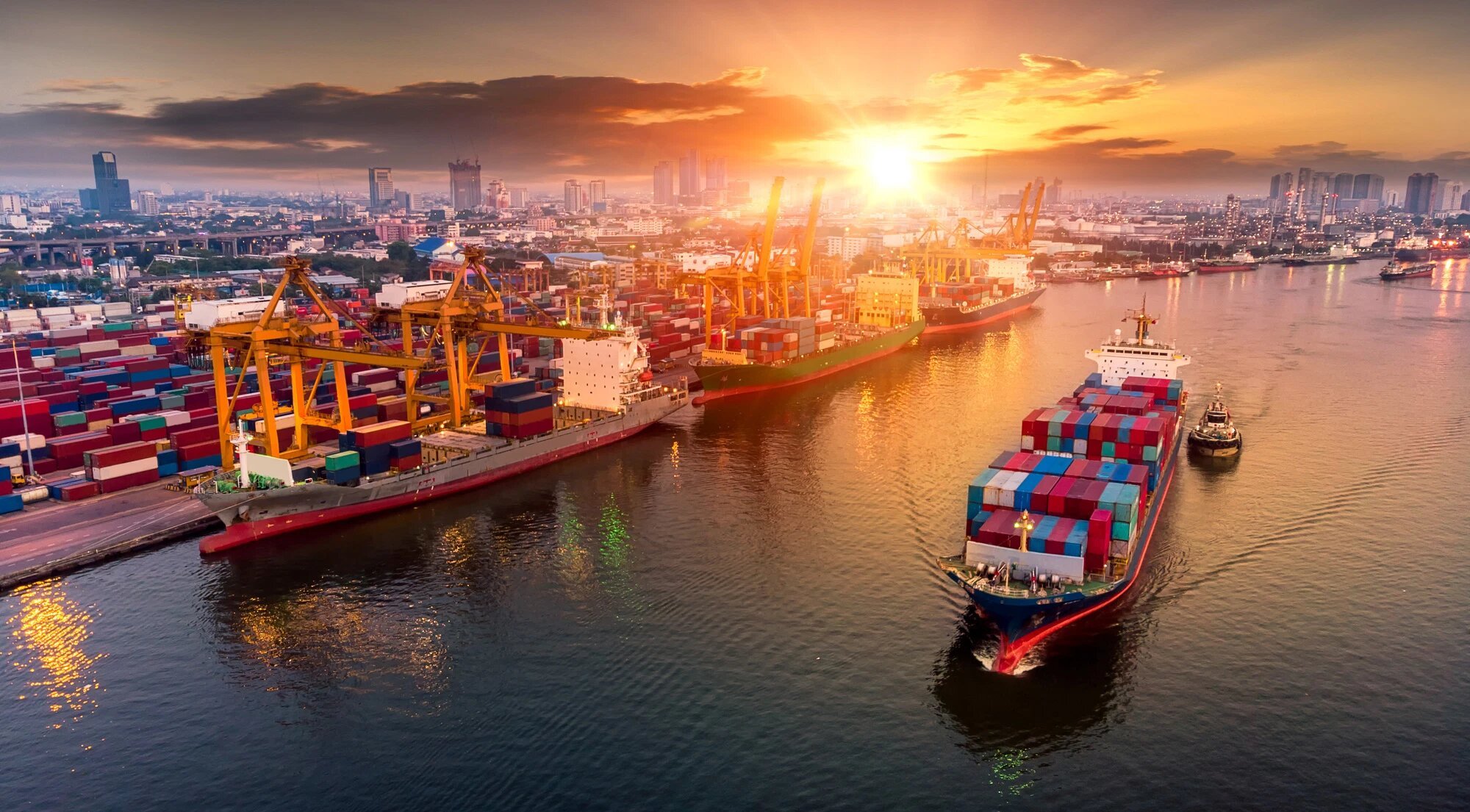


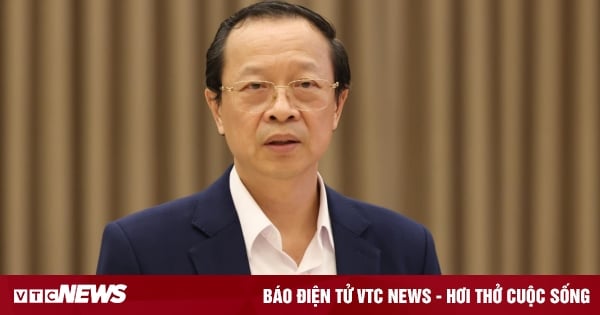











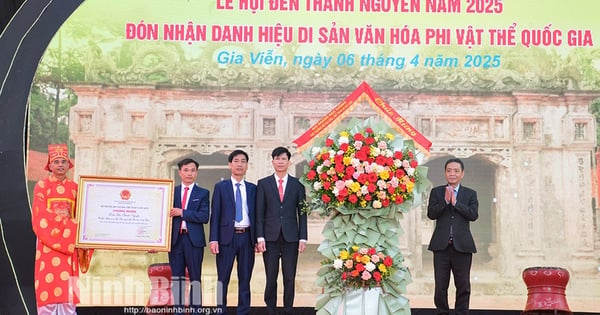



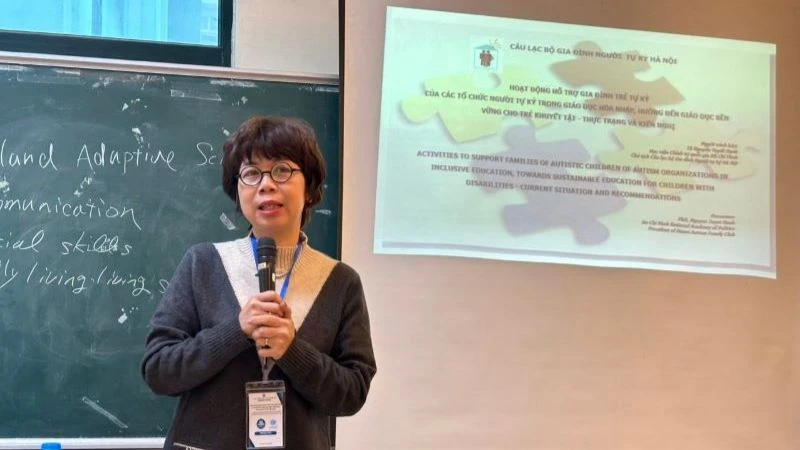




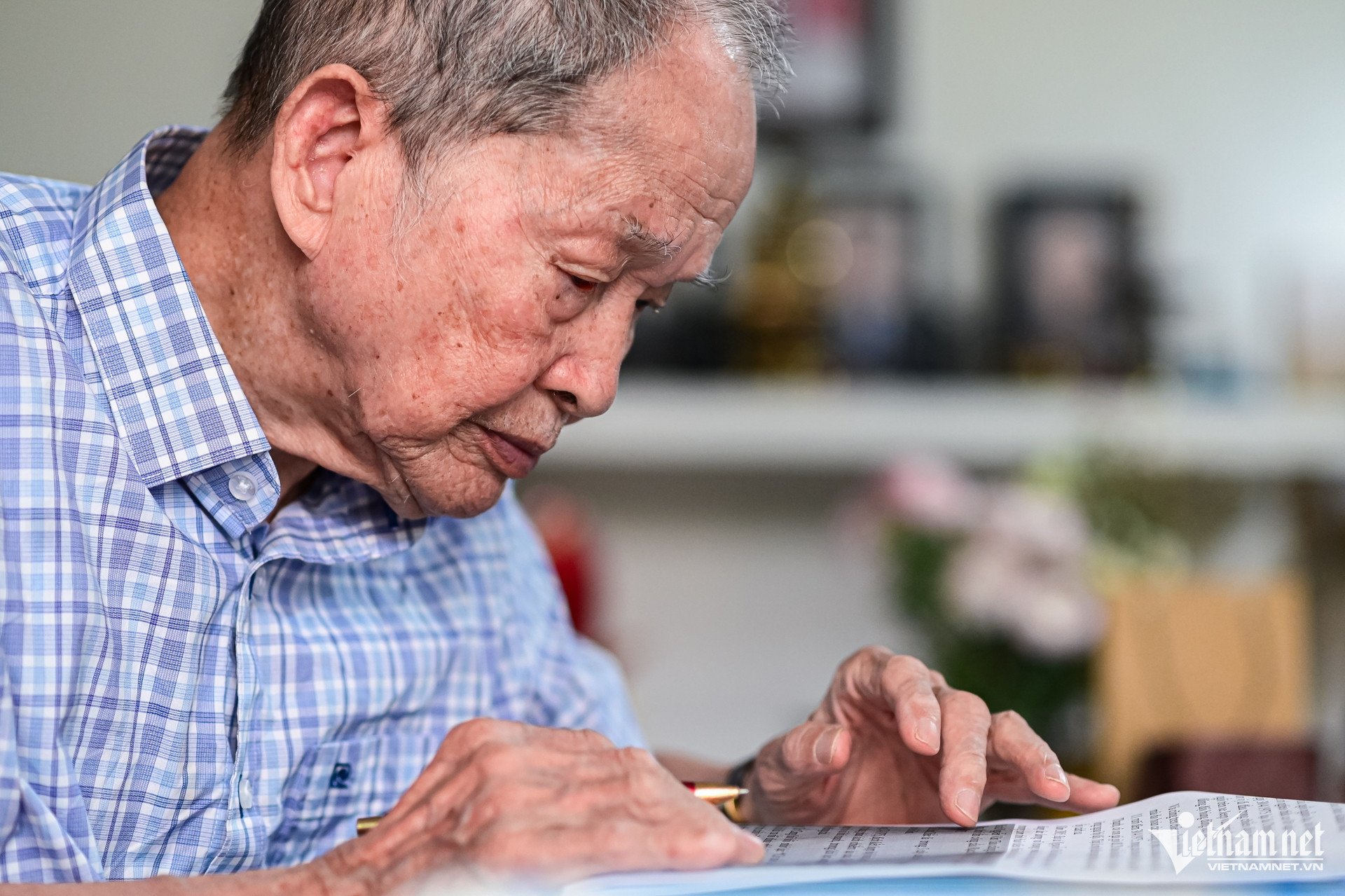






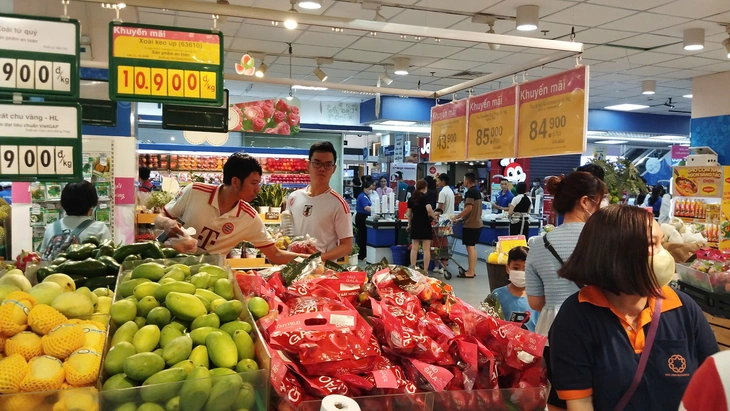
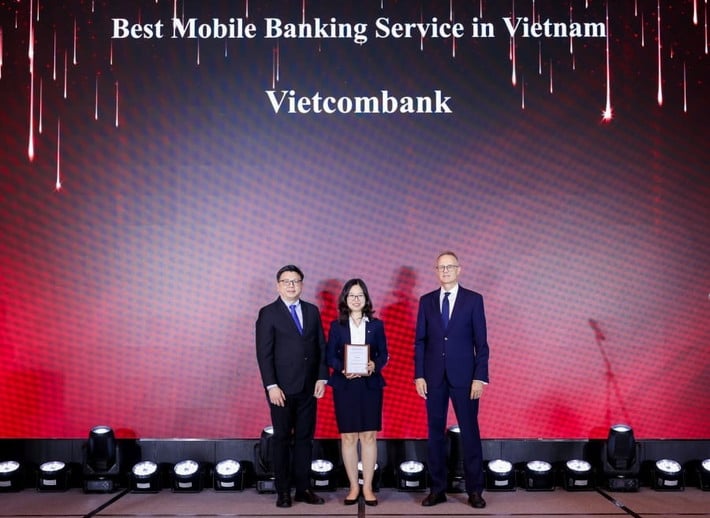

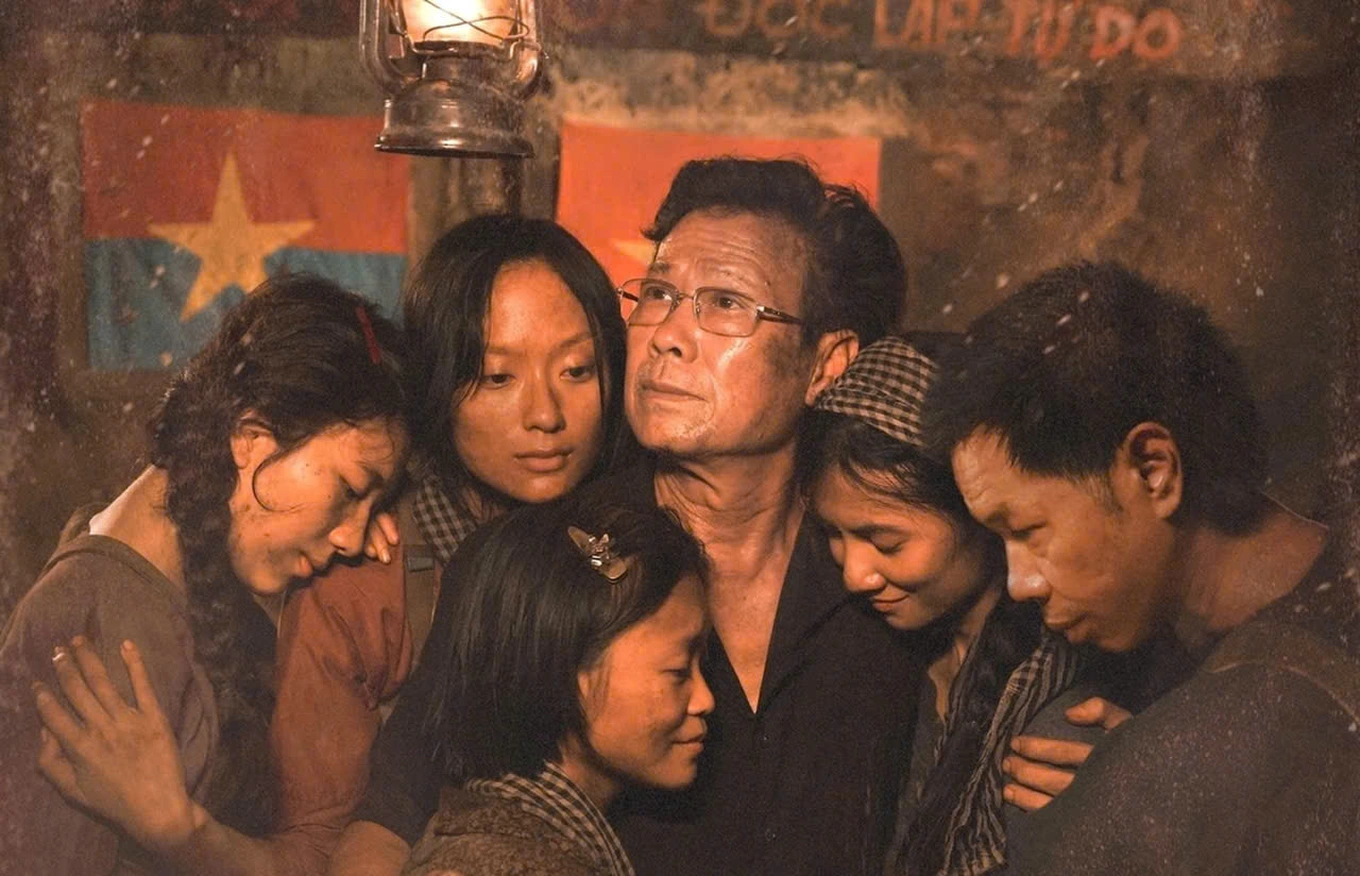

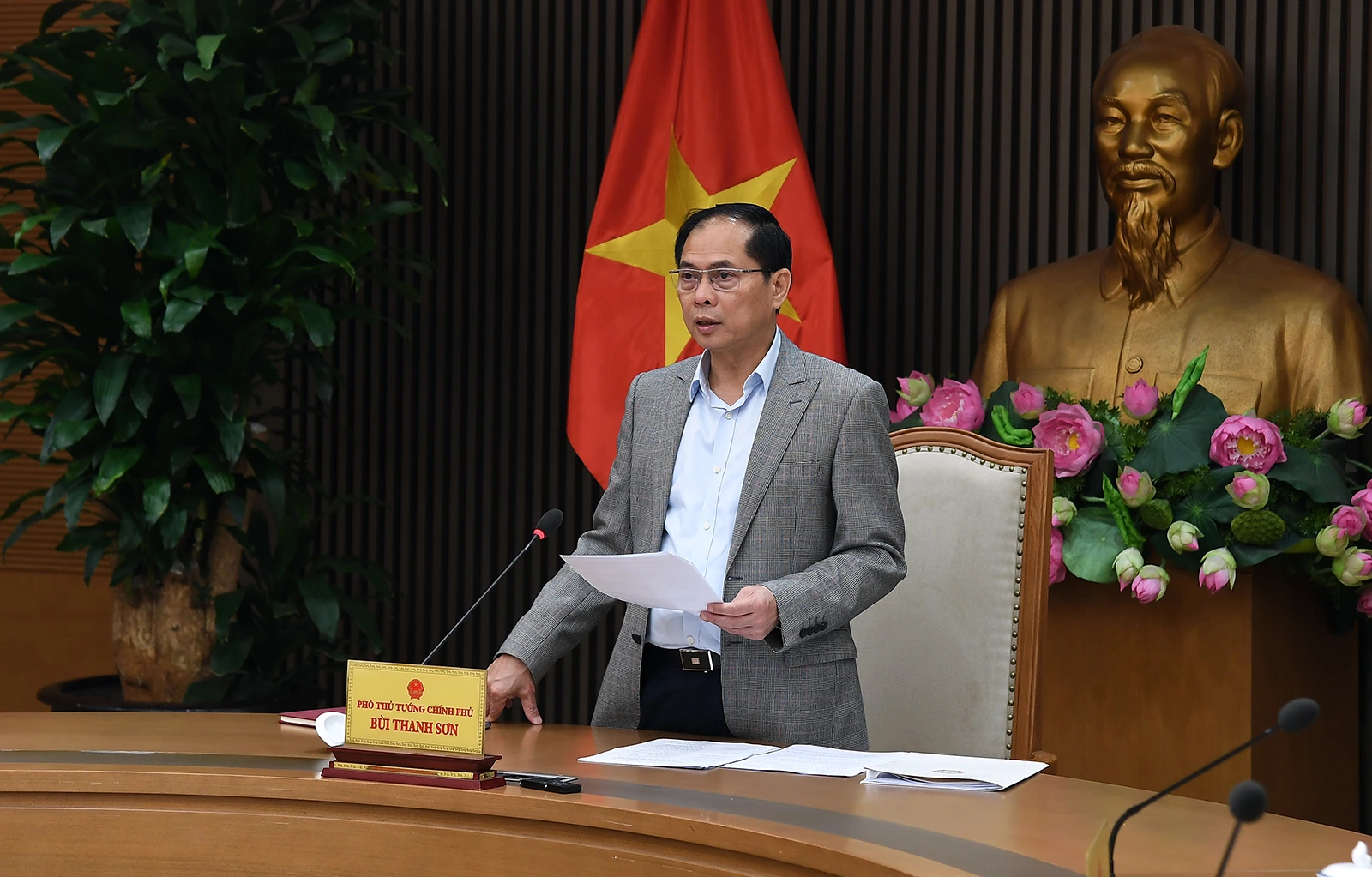








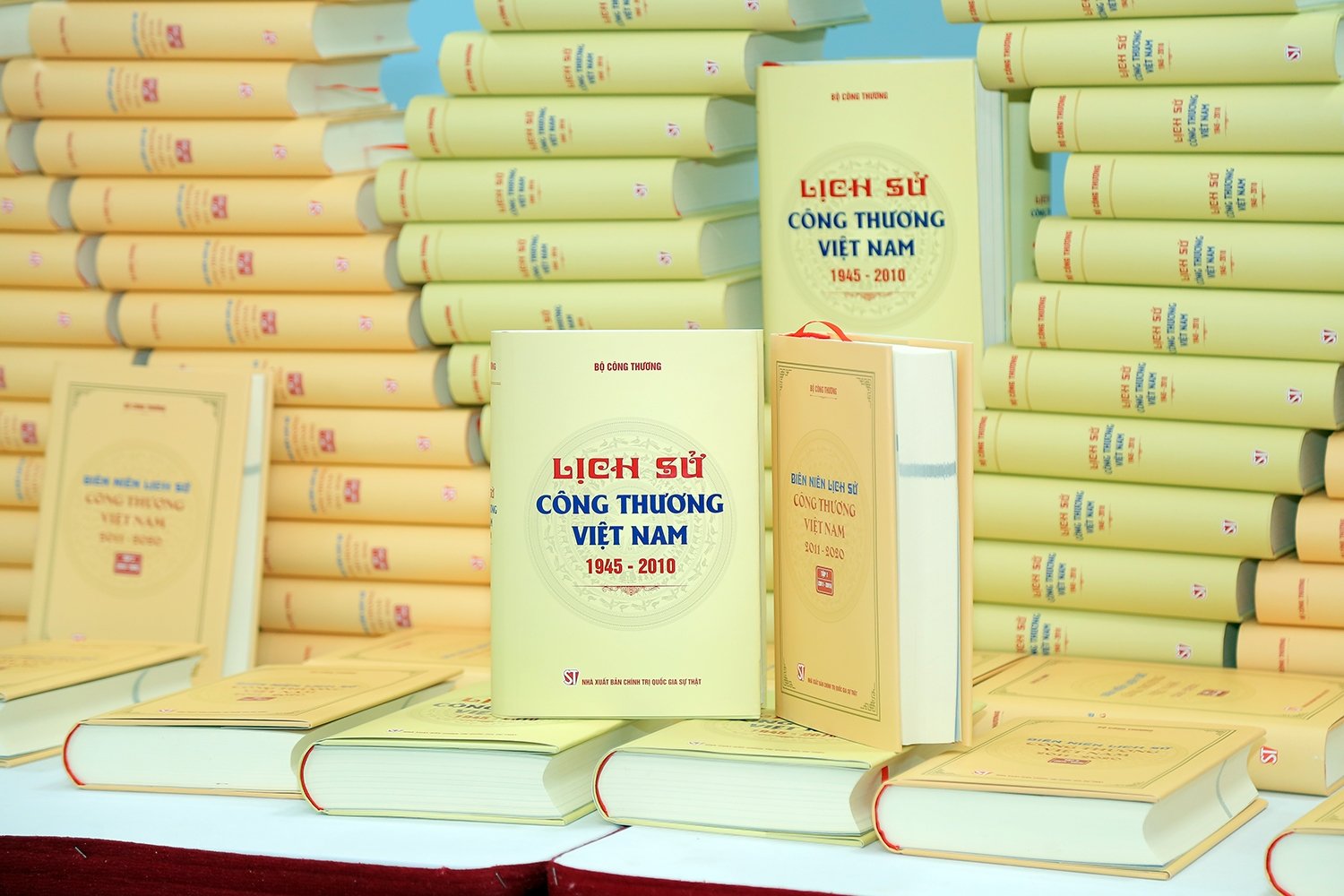
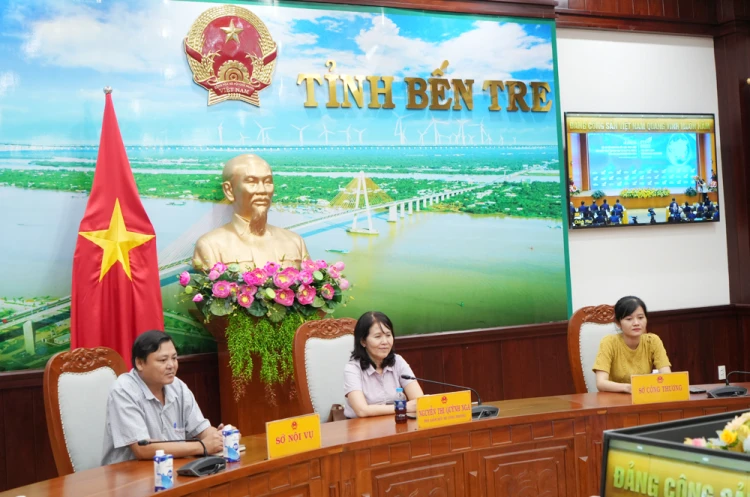
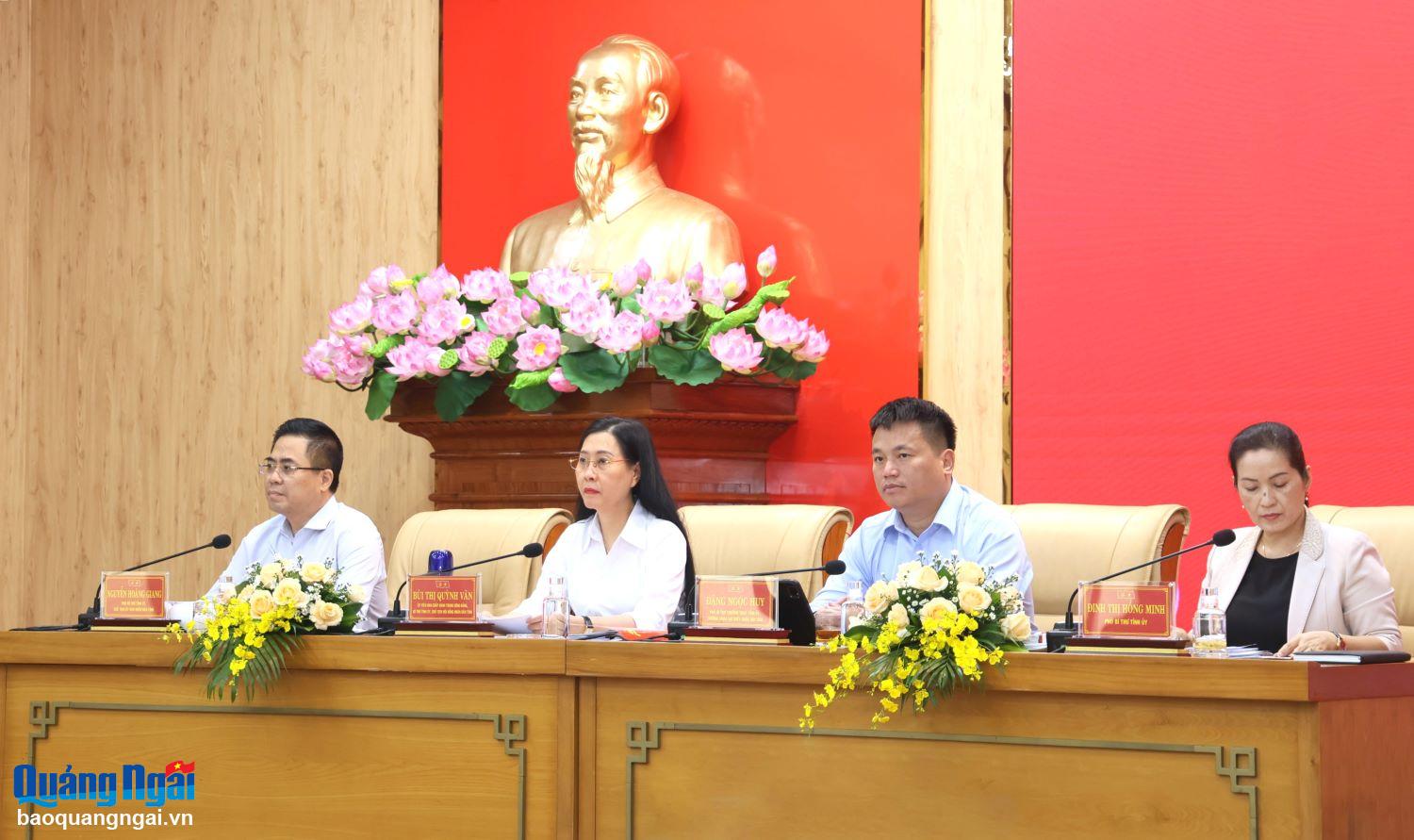
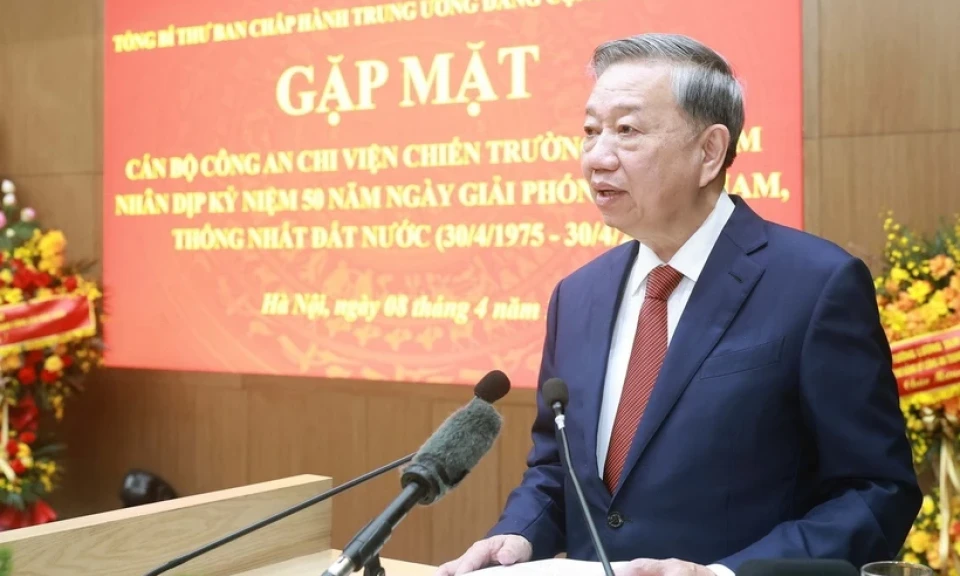
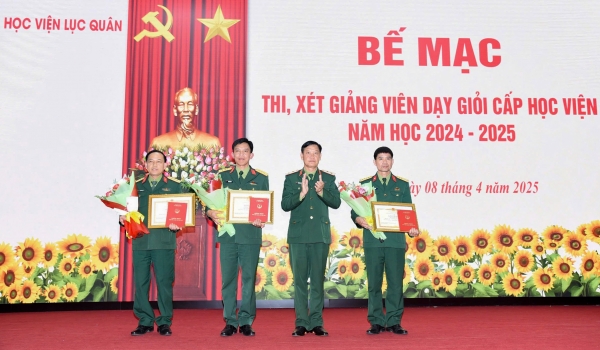
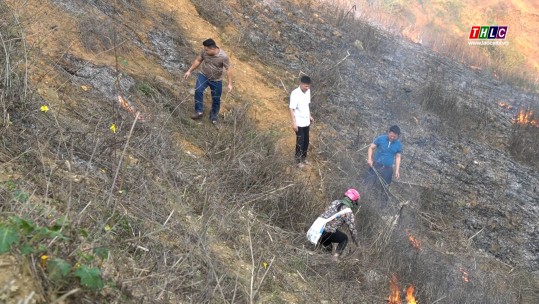







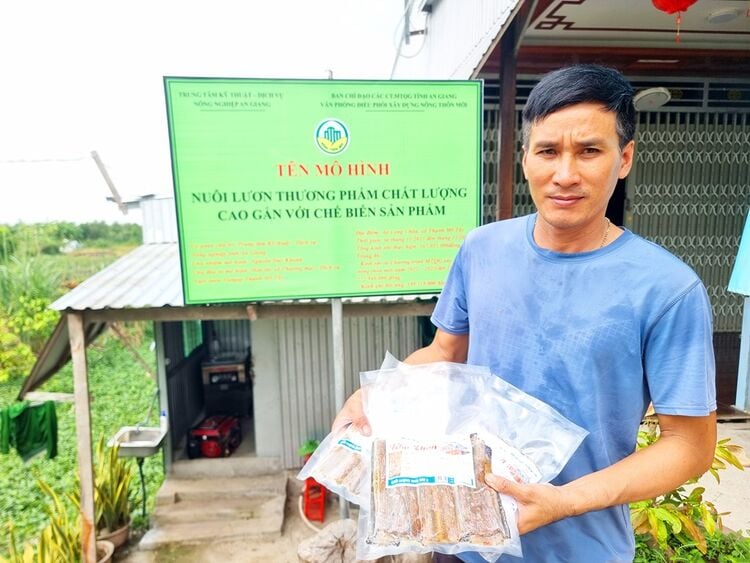



Comment (0)